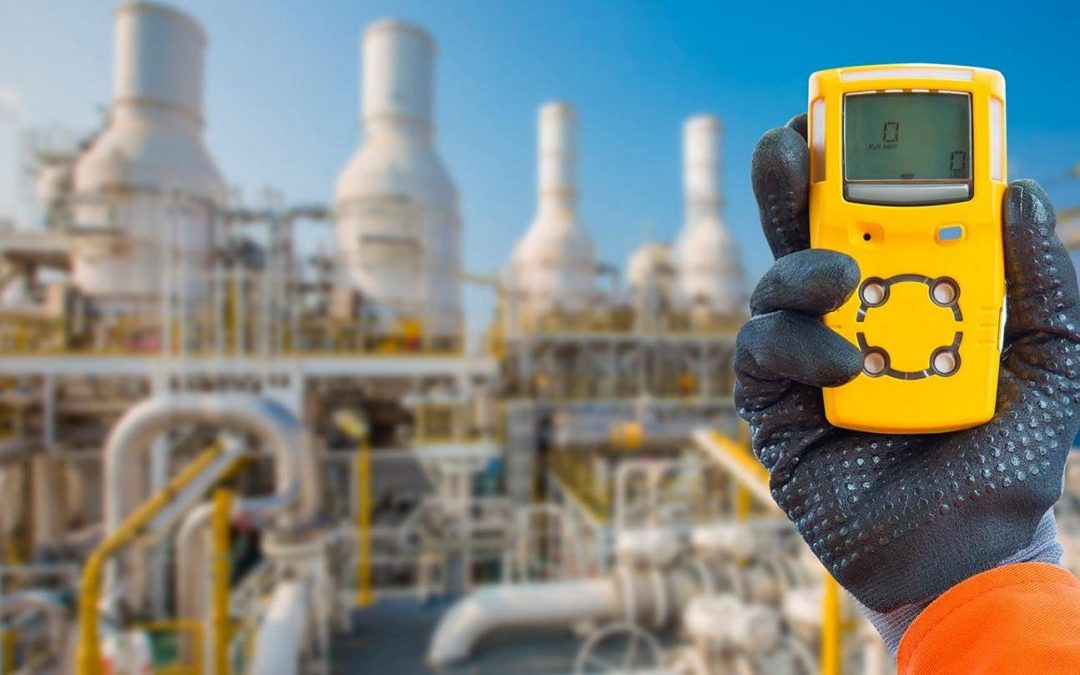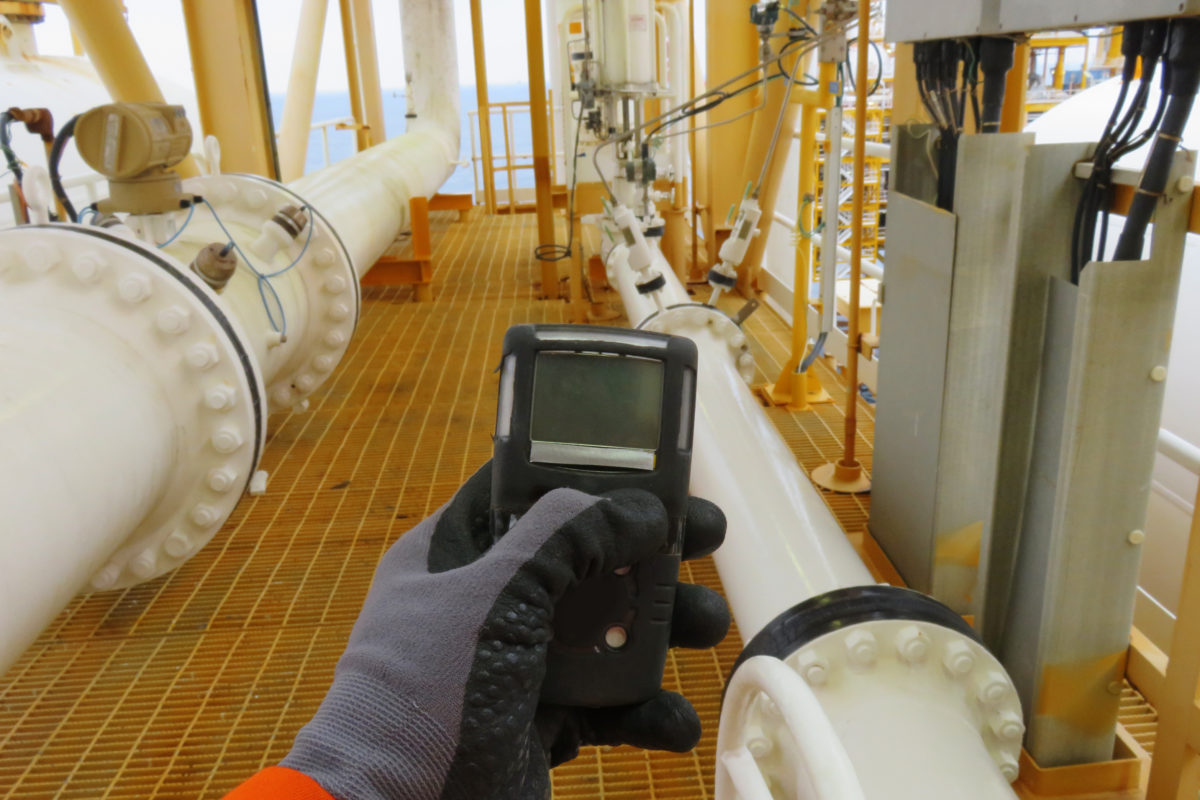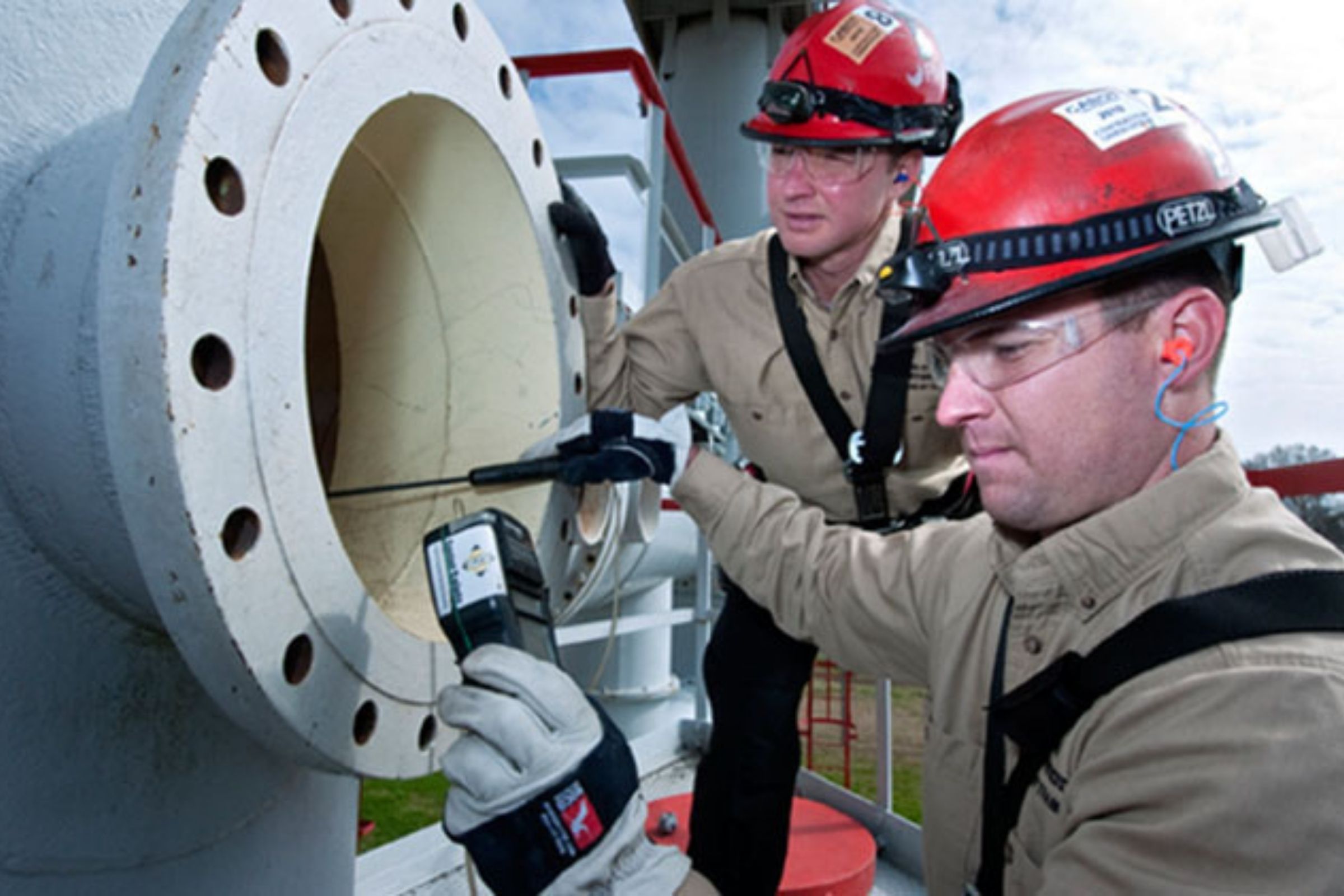The air we breathe is essential for life, but it can also harbor hidden dangers. In many workplaces, exposure to hazardous gases and airborne contaminants poses a serious threat to worker safety. Air and gas monitoring is a crucial practice that helps to identify and mitigate these risks, ensuring a healthy and safe working environment.
Why is Air and Gas Monitoring Important?
Exposure to hazardous gases and contaminants can cause a wide range of health problems, from mild irritation to respiratory failure and even death. Some common dangers include:
- Carbon monoxide (CO): This odorless, colorless gas is a byproduct of incomplete combustion. CO poisoning can cause headaches, dizziness, nausea, and even death.
- Hydrogen sulfide (H2S): This gas has a rotten egg odor and can be irritating to the eyes and respiratory system. At high concentrations, H2S can be fatal.
- Volatile organic compounds (VOCs): VOCs are a large group of chemicals that can be found in paints, solvents, and other products. Exposure to VOCs can cause headaches, nausea, and respiratory problems.
- Dusts: Airborne dust particles can irritate the lungs and cause respiratory problems, particularly for workers with existing respiratory conditions like asthma.
Air and gas monitoring helps to identify the presence and concentration of these and other hazardous substances in the workplace. This information can then be used to take steps to protect workers, such as:
- Improving ventilation: Increasing airflow can help to remove contaminants from the air and reduce worker exposure.
- Implementing engineering controls: Engineering controls can include things like local exhaust ventilation systems that remove contaminants at the source.
- Providing respiratory protection: When engineering controls are not feasible, workers may need to wear respirators to protect themselves from airborne hazards.
- Establishing safe work practices: Safe work practices can help to minimize worker exposure to contaminants, such as following proper procedures when working with hazardous materials.
Types of Air and Gas Monitoring Systems
There are a variety of air and gas monitoring systems available, each with its own capabilities and limitations. The type of system that is most appropriate for a particular workplace will depend on the specific hazards that are present.
- Portable monitors: These handheld devices are used to take spot measurements of gas and contaminant levels in the air. Portable monitors are a valuable tool for initial assessments and for monitoring worker exposure during tasks.
- Fixed monitors: These permanently installed systems continuously monitor air quality in a specific location. Fixed monitors are often used to provide real-time data on gas and contaminant levels.
- Area monitors: These monitors are designed to provide information on the overall air quality in a large area. Area monitors can be used to identify areas where there may be a potential for worker exposure.
Understanding OSHA Regulations
The Occupational Safety and Health Administration (OSHA) has established regulations that apply to air and gas monitoring in many workplaces. These regulations specify the types of monitoring that are required for certain hazards, as well as the permissible exposure limits (PELs) for various airborne contaminants. Employers are responsible for ensuring that their workplaces comply with all applicable OSHA standards.
It’s important to note that OSHA regulations are just a minimum requirement. Many safety-conscious companies go beyond the minimums to create the safest possible work environment for their employees.
Beyond the Basics: Continuous Monitoring and Data Analysis
In recent years, there has been a trend towards using continuous monitoring systems and data analysis to improve air and gas monitoring programs. Continuous monitoring systems can provide real-time data on air quality, which can be used to identify and address problems quickly. Data analysis can help to identify trends and patterns in air quality data, which can be used to develop more effective safety strategies.
Air and gas monitoring is an essential part of any comprehensive safety program. By monitoring air quality and taking steps to control hazardous substances, employers can help to protect their workers from the dangers of exposure to gases and contaminants. By staying up-to-date on the latest regulations and technologies, safety professionals can ensure that their air and gas monitoring programs are effective in keeping workers safe.





Recent Comments